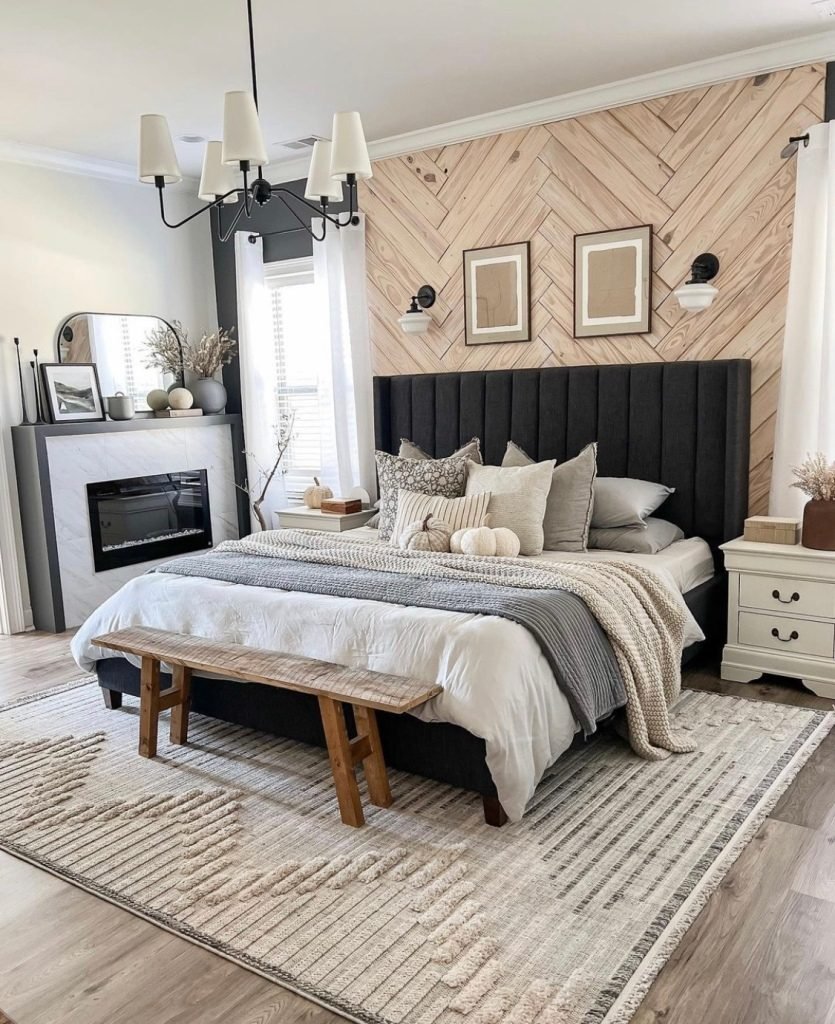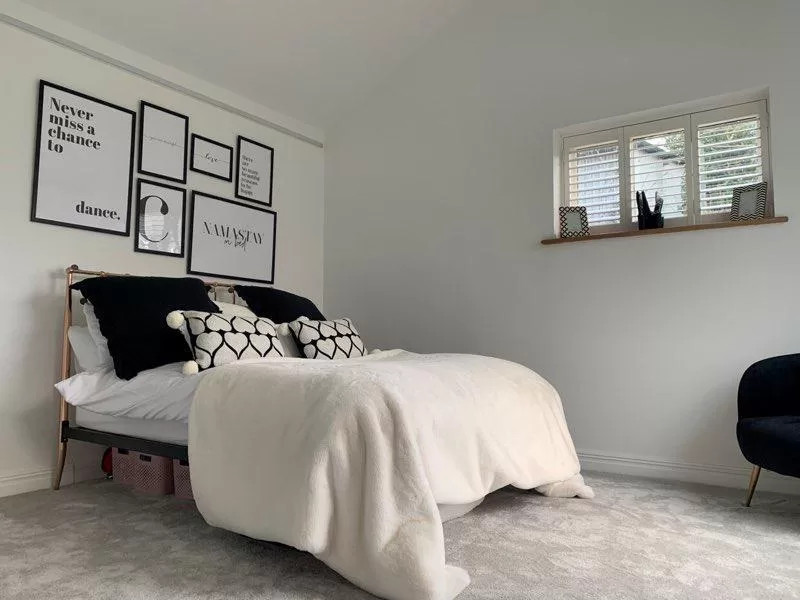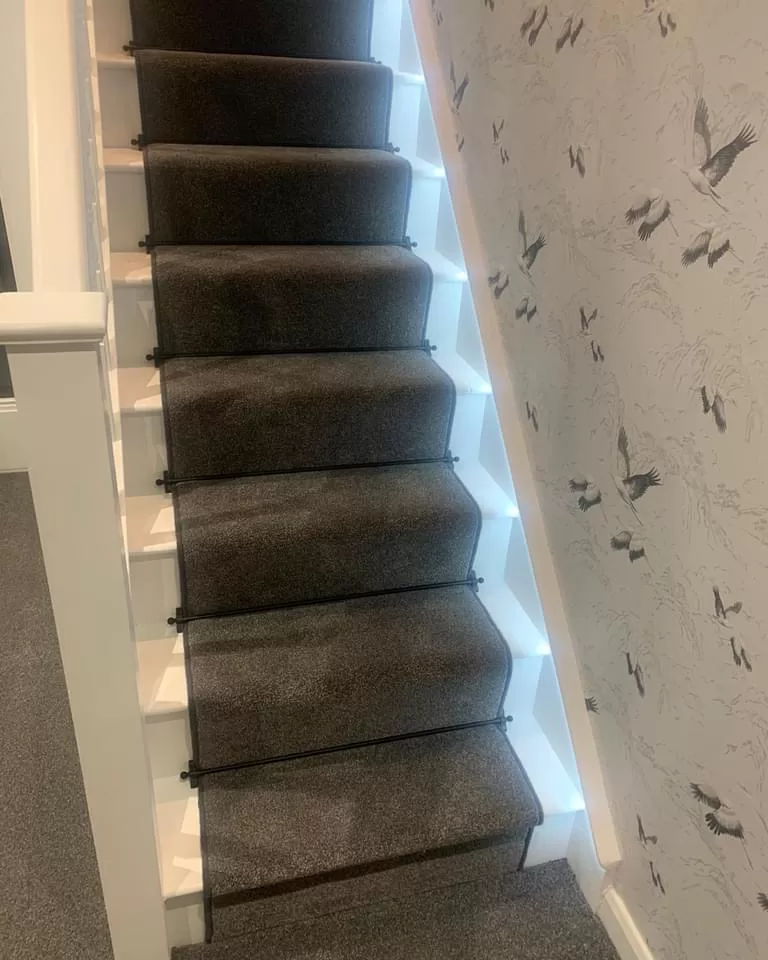When it comes to constructing a building, the role of an architectural drafter cannot be ignored.
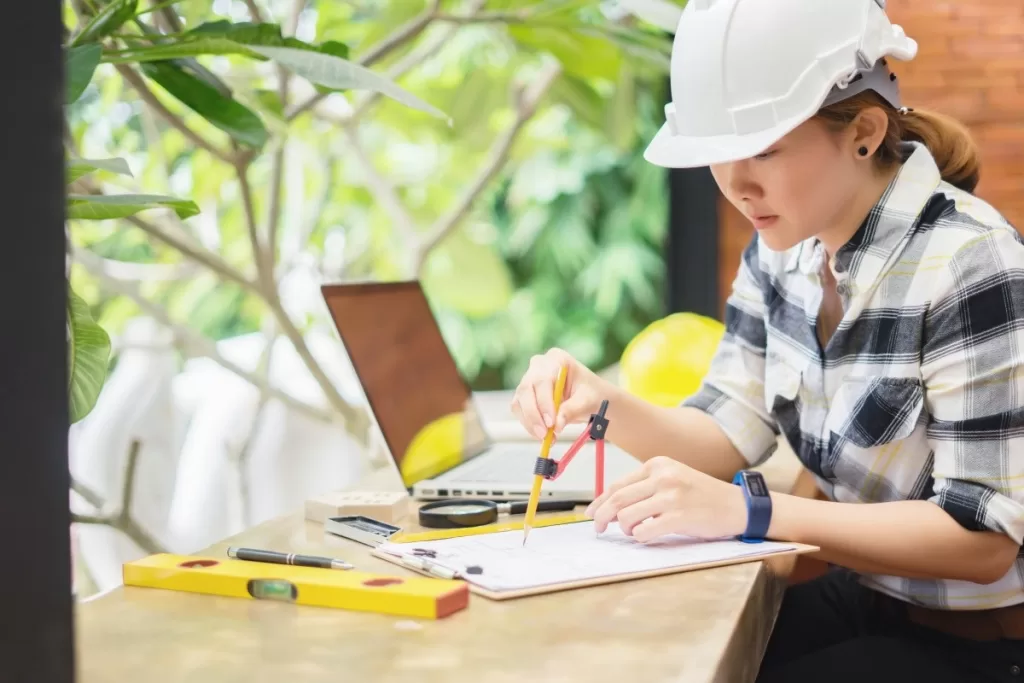
Generally, the work of architectural drafters and building designers are considered similar; but there is a huge difference between an architect and a building designer. Then, what does an architectural drafter do? To put it simply, architectural drafting is the process of creating detailed drawings and plans for buildings, structures, and other architectural projects. It involves a great deal of precision and attention to detail, and collaboration with clients, engineers, and other team members. Mistakes in architectural drafting can have serious consequences, both in terms of safety and financial costs.
In this article, we will discuss common mistakes to avoid in architectural drafting and offer tips for avoiding them.
Common mistakes to avoid in architectural drafting:
· Lack of attention to detail
Lack of attention to detail is one of the most common mistakes in architectural drafting. It is important to measure accurately and check for errors before finalizing any plans or drawings. One way to avoid this mistake is to use advanced software and tools to help with measurements and ensure accuracy. For example, CAD (computer-aided design) software can help with precise measurements and detect errors that may not be immediately visible to the naked eye.
Another important consideration when avoiding the lack of attention to detail is to take the time to review your work for errors or mistakes before finalizing your plans or drawings. This includes checking your measurements, reviewing your calculations, and ensuring all necessary details are accounted for. Using templates and checklists can also help to ensure that you don’t miss any important information or steps in the drafting process. This can be especially helpful for larger or more complex projects.
· Inadequate communication with clients and team members
Another way to avoid this mistake is to have a checklist or system in place to ensure that all necessary details have been accounted for. This can include checking measurements, materials, and specifications. Breaking down the project into smaller tasks can also help to ensure that each detail is thoroughly inspected and accounted for.
Inadequate communication with clients and team members is another common mistake in architectural drafting. It is important to clarify expectations and collaborate effectively with engineers, contractors, and other team members. One way to avoid this mistake is to establish
clear communication channels and schedules. Regular meetings and progress reports can help ensure that everyone is on the same page and that any issues or concerns are addressed in a timely manner.
Collaboration between architects and engineers is also important to avoid mistakes in architectural drafting. Architects and engineers often have different perspectives and expertise, and it is important to take both into account when designing and planning a project. By working closely together, they can ensure that the design is both aesthetically pleasing and structurally sound.
· Not considering the site and environment
Not considering the site and environment is another common mistake in architectural drafting. It is important to perform a site analysis to understand the context and limitations of the site. This can include understanding the surrounding landscape, weather patterns, and other factors that may affect the design and construction of the project.
Sustainability and energy efficiency are also important considerations in architectural drafting. By incorporating sustainable materials and design principles, architects can help reduce the environmental impact of a project and lower energy costs for clients. It is important to stay up-to-date on the latest sustainable design practices and technologies to ensure that the project is both environmentally responsible and cost-effective.
· Ignoring local building codes and regulations
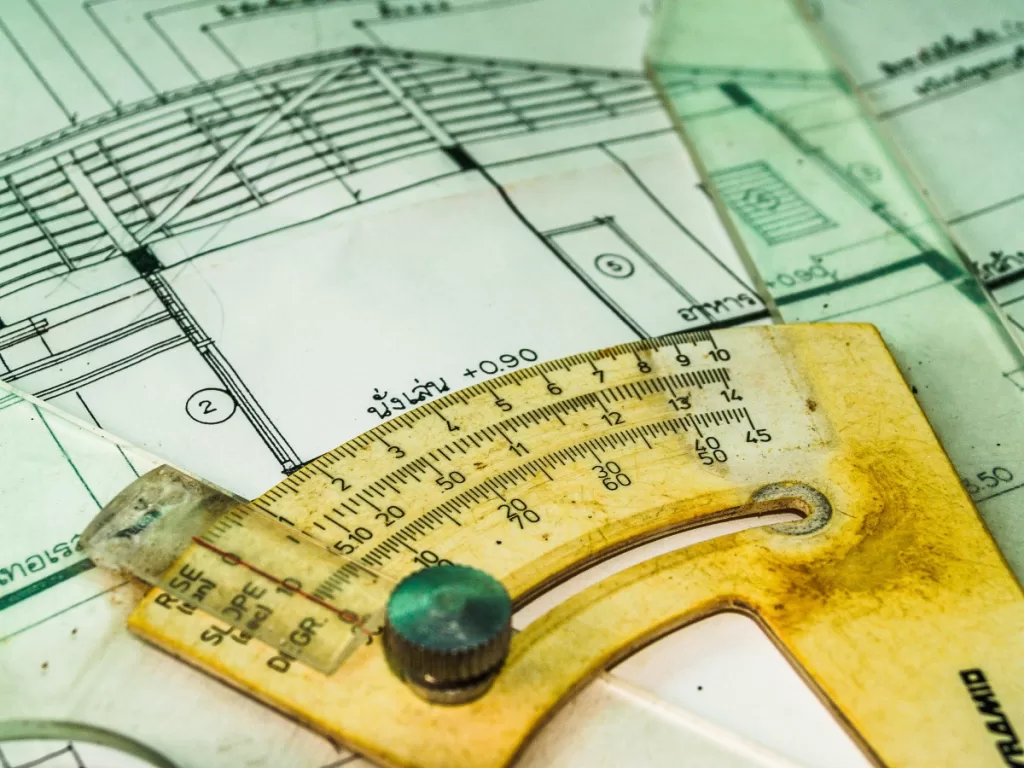
Ignoring local building codes and regulations is another common mistake in architectural drafting. It is important to understand and comply with local laws and regulations to ensure that the project is safe and legal. Failure to comply with these laws can result in fines, legal issues, and even the destruction of the project.
One way to avoid this mistake is to research and understand the local laws and regulations before beginning the drafting process. It is also important to work closely with local authorities and building inspectors to ensure that the project meets all necessary requirements.
Tips for avoiding mistakes in architectural drafting:
1. Advanced software and tools: Using advanced software and tools can help to ensure accuracy and detect errors that may not be immediately visible. This can include CAD software, 3D modelling tools, truss calculators, and other technologies that can aid in the drafting process.
2. Planning and organization: Thorough planning and organization can help to ensure that all necessary details are accounted for and that the project is progressing smoothly. This can include creating a checklist, breaking down the project into smaller tasks, and establishing clear communication channels and schedules.
3. Feedback from colleagues and clients: Seeking feedback from colleagues and clients can help to identify potential issues or concerns early in the drafting process. This can include incorporating constructive criticism and incorporating suggestions from clients to ensure thatthe final design meets their needs and expectations.
4. Learning and improvement: Continuously learning and improving one’s skills and knowledge is essential in architectural drafting. Staying up-to-date on the latest design practices, technologies, and materials can help architects to create more innovative and sustainable designs. This can include attending seminars, workshops, and other professional development opportunities.
5. Double-check your work: Always take the time to review your work for errors or mistakes before finalizing your plans or drawings. This includes checking your measurements, reviewing your calculations, and ensuring all necessary details are accounted for.
6. Stay organized: Thorough planning and organization are key to avoiding mistakes in architectural drafting. This includes keeping your work area clean and organized, developing a clear workflow, and staying on top of deadlines and project timelines.
Conclusion:
Avoiding mistakes in architectural drafting is essential for ensuring the safety and success of a project. By following these tips and avoiding the above-mentioned common mistakes, architects can create designs that are both aesthetically pleasing and structurally sound while meeting the needs and expectations of their clients.
Guest post written by Ariana Mortenson
Ariana Mortenson is a professional writer and blogger. She writes on various niches in a way that it’s understandable and appealing to the people. She aims to achieve a difference through writing which allows you to make informed and valuable choices. Follow Ariana on Twitter, LinkedIn and Pinterest.

